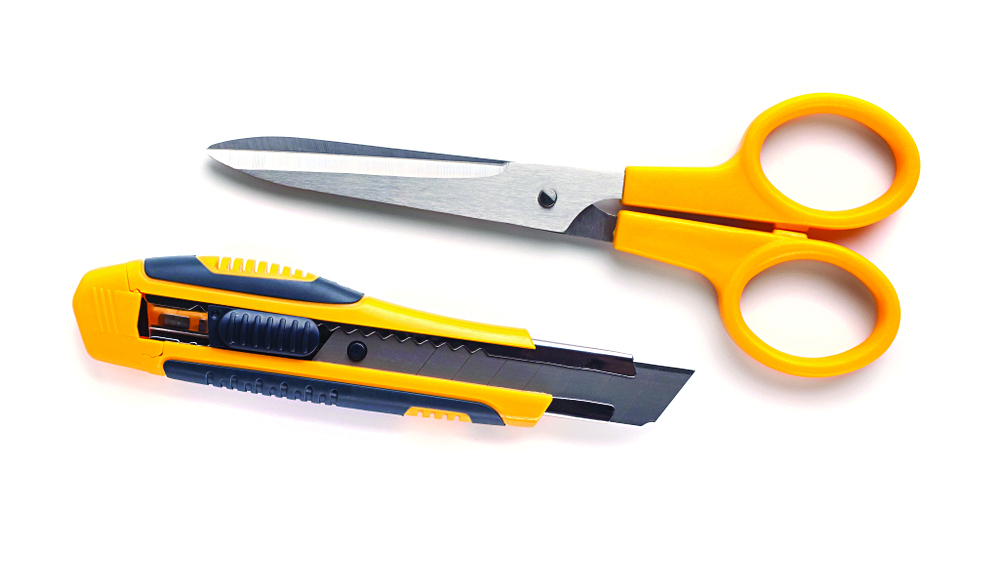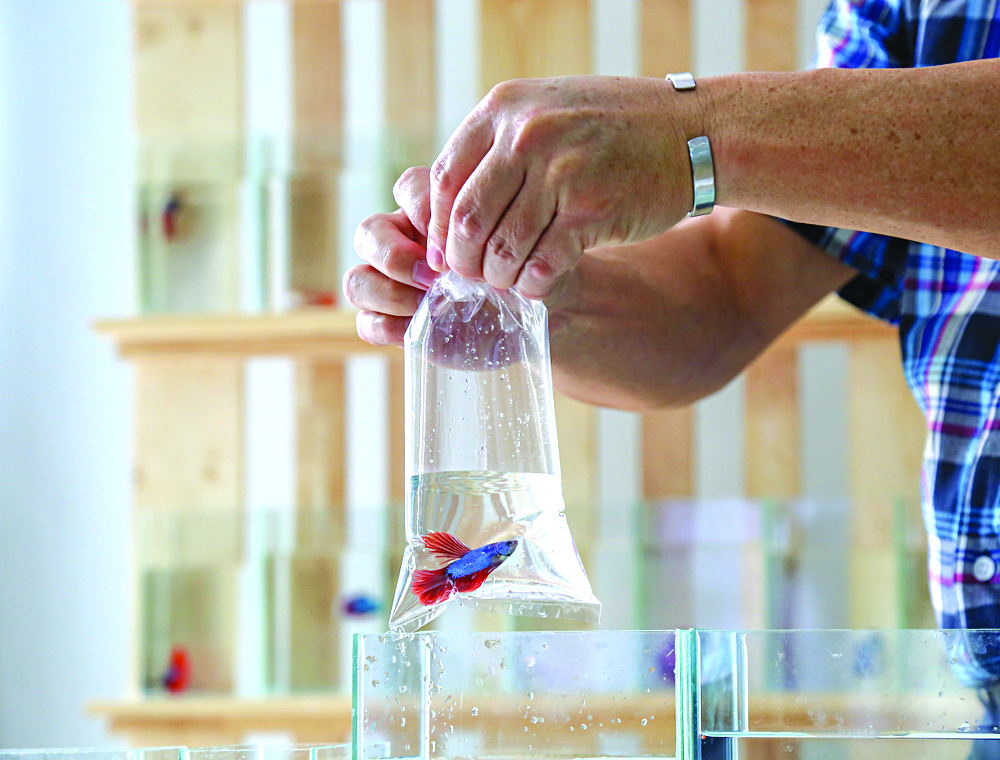HERE ARE 3 TECHNIQUES TO UNTIE TOUGH RUBBER BANDS
Visiting your favorite Fish shop is always an exciting activity for someone taking care of Fishes. The days leading to the visit are always full of excitement. Is there something new? Are my favorite Fishes available? What Fish can I bring home?

Once you get to the shop, your excitement wanes because you are totally focused on the job at hand: to select a Fish. You scan the tanks, looking at every species. Carefully observing one tank and then moving to another, you try to look for that perfect Fish for your aquarium.
Suddenly, you stop at one tank because a particular Fish has caught your attention. You observe this Fish ever more keenly. You check out the fins for any tear or signs of damage. You look at the scales if there are any irregularities. You scrutinize the Fish and his tankmates for any diseases like white spot, cloud eye, fin rot, etc. You assess his general health. You monitor his swimming pattern. If this Fish passes your personal assessment, you call out the shopkeeper and ask that he bag that Fish for you.
You are smitten over a certain Fish you are willing to pay money you have worked hard for. You have just made a sound purchase. The Fish of your dreams is now on his way to your tank at home. Nothing can be more fun than this.
THE BIG LETDOWN
Driving back home, you are filled with excitement once again. Whenever you encounter a stoplight, you peek inside the plastic bag to check on your latest Fish. The traffic does not even annoy you because it won’t spoil your day. No, not today. You just got your Fish and you are eager to release him in his new home. It is such a wonderful day. You are on the way home with a new Fish and nothing will spoil your day.
Once home, you follow the acclimatization process that has always worked wonders for you. You float the bag for 15 minutes. Then the moment you’ve always wanted: It’s time to release the fish!
Except that you can’t. You pull with all your strength but the rubber bands won’t come off! Try a second time, but still nothing happens. From someone excited, you are fast becoming a frustrated beast. Why in the world did that shopkeeper tie the plastic bag ever so tightly? Why do shopkeepers have the biggest biceps in the world that they bind the plastic bags with all their might? The rubber bands are so tight, no mortal can untie the bag.
It just does not make sense. In my many years of taking care of Fishes, I have not encountered a Fish escaping from the plastic bag the way Harry Houdini would escape a tank of water! A Fish may puncture the plastic bag with dorsal or pectoral spines, teeth, or even thorny spikes and armor plates like with some Catfishes, but he can never escape from
the plastic bag because he has untied the rubber bands… That will never happen!
Even if the bag were not bound as tightly, the Fish in the bag still cannot escape. This is totally absurd. You are so excited to release this Fish, but you can’t.
THE END JUSTIFIES THE MEANS
As anger starts to set in, you just have one thing in mind: how to release the Fish. That is your single mission, to do whatever it takes to release the Fish from his imprisonment in the plastic bag.
In this very frustrating situation, I have developed a few techniques in resolving the problem. These three techniques work, and you should be able to choose one that best suits your situation.
USE VIOLENCE
I am generally a peace-loving person, but in desperate times, I use violence. If it is impossible to loosen the rubber bands, then I fight force with force.

If the tightly wound bands are giving you grief, why not channel these emotions to something effective? Of course, with the aid of some tools.
As mankind learned to use stones and sticks during the dawn of civilization, surely the 21st century person would be able to find an adequate tool in his cupboard. Grab a pair of scissors, knife, or cutter, and cut through the rubber bands or the plastic bag itself. Murder both if you wish — but be gentle on the Fish.
Sometimes, this technique really is the safest way to release a Fish. But while you work with any sharp tool, be very careful in doing so to avoid hurting yourself or the Fish.
This technique is best used when:
- Nobody is looking and you want to conquer your frustration with aggression
- The plastic bag has short tag ends, which make them hard to grab
- The rubber bands are impossible to pry loose
While you might have that you-are-not-as-tough-as-you-think feeling because of the rubber bands, you might feel good if sheer brute force wins the day.
BITE AWAY

If you can’t pull out the bands because you do not have a good grip on the plastic bag, why not use your teeth? While this is not a smart thing to do because it might damage your teeth, it does get the job done.
Bite the tag end of the plastic bag, and with both hands, push the bag downward away from your mouth until the rubber bands come off. This technique may be employed in not-so-difficult scenarios. This allows you to hold the ends of the plastic while using the strength of both hands to straighten them and remove the rubber bands.
This technique is best used when:
- Plastic bags are small with short tag ends
- The way the bands are tied are not impossible to loosen
This technique might earn the ire of my dentist. But in all honesty, I have not experienced any dental concerns, mainly because I don’t use this on the toughest of cases.
PUT THE FISHY GUY BETWEEN THE THIGHS
When large plastic bags are involved, this technique effectively removes the rubber bands. Take note: the bigger the bag, the more rubber bands you’ll see! Hence, it is expected that they will be tougher to remove.
Grip the tag end of the plastic bag with both hands. Then, put the plastic bag between and behind your two thighs, just above your knee joint. Slightly bend your knees. Using your thighs as a fulcrum, give a steady and strong tug upward to straighten the tag end and remove the rubber bands.
This gives you more power as you are able to use the strength of your legs and arms to get the job done. For very tough cases, a few tugs will be required.
This technique is best used when
- Others are watching and you want to look cool in front of them
- You don’t want people to see you struggling
- The plastic bag is big and has long tag ends, allowing you a good grip
- It’s a particularly tough plastic bag to open
This technique is highly recommended, provided that you get a good grip of the tag end. I am successful 100% of the time. It is efficient and safe.

REQUEST TO THE SHOPKEEPER
While these techniques have been effective for me, this is a fair reminder for shopkeepers not to tie the rubber bands ever so tightly. While we know you are strong, we ask that you hold back when tying up that plastic bag. The fish will never escape, we promise.






